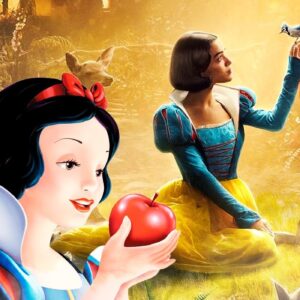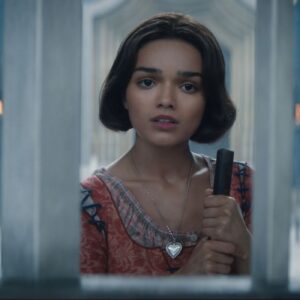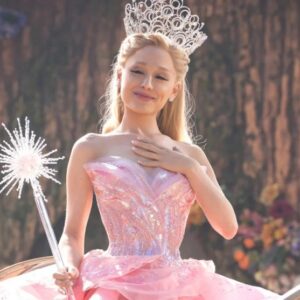Does Bridgerton’s ton celebrate Pride Month? It would seem so since the June premiere of Bridgerton Season 3, Part 2 finally (finally!) brought confirmation of not one, but two queer storylines for the titular siblings. It’s all but confirmed that the next season will have at least one queer love story, either as a main plot or a subplot, which fans, both LGBTQ+ and otherwise, have been hoping to see since the series debuted. However, while some fans are rejoicing, others are asking why it took so long.
Warning: Spoilers for Bridgerton Season 3 follow.
For a show so committed to thinking outside the box of period accuracy when it comes to race and women’s agency, the lack of queer characters has stood out in past seasons. A gay storyline in the prequel spinoff Queen Charlotte gave viewers a glimpse into how a queer relationship might be handled in Bridgerton. Let’s be real, though; it doesn’t feel great to only be relegated to the spinoff show, especially when it the story is simply mysteriously dropped between then and now.
However, from the start, Season 3 felt different. Gone was Season 1’s drive that a young woman’s worth in society was only measured in how high she could score on the marriage mart, and the added pressure that her younger sibling’s prospective matches rested on her ability to make a decent match. Season 2’s genuine terror experienced by the Sharmas that the only way to achieve financial stability was via one young woman’s luck in dazzling dancing partners was replaced by Penelope’s having made millions by her own quill.
Instead, the characters spend Season 3 walking the line between what society will allow and what parts of themselves they can bear to conceal. A major queer storyline in this season might have felt too on the nose, but the themes of self-discovery and pushing the envelope of society will lead beautifully into future queer seasons.
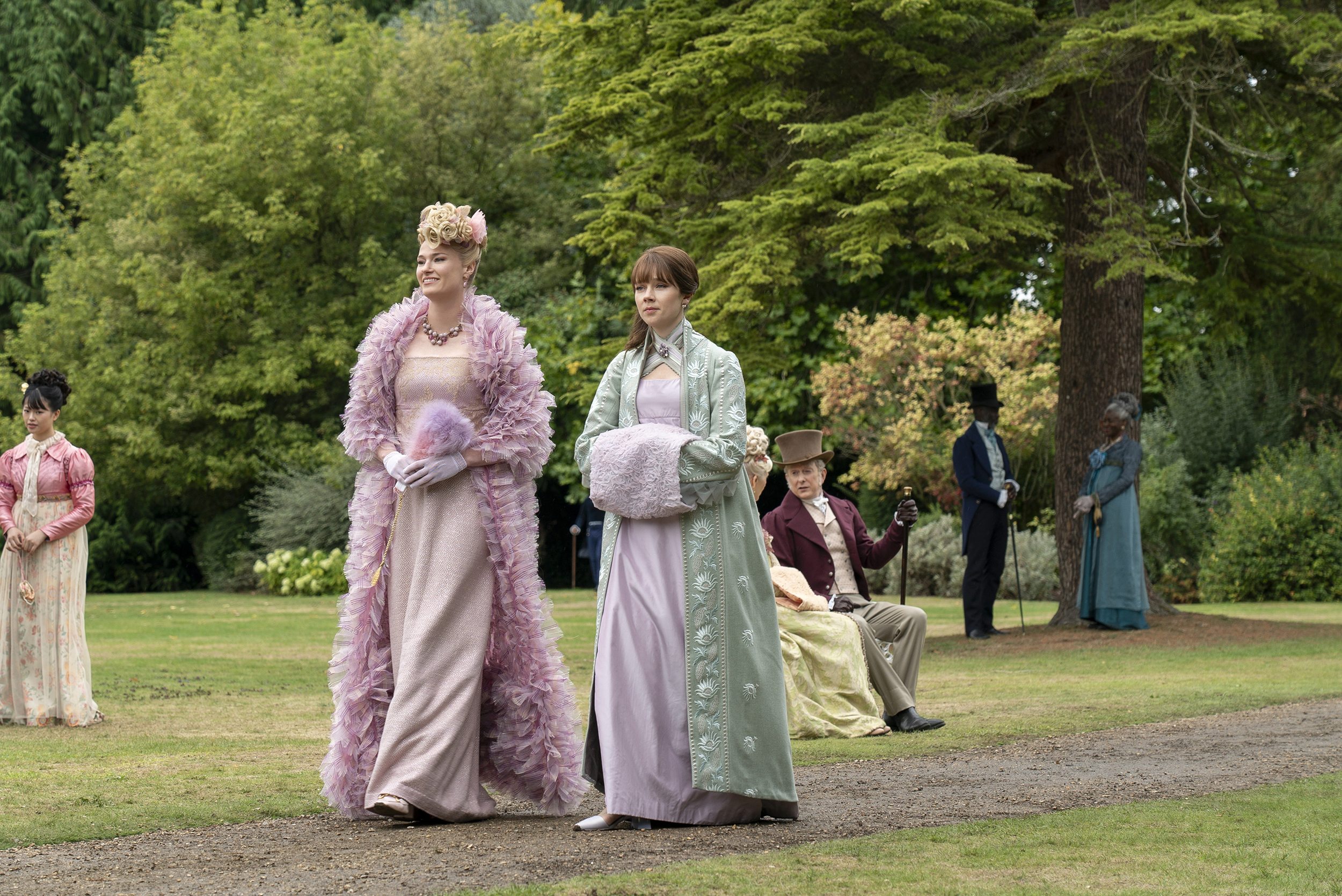
Jessica Madsen as Cressida Cowper and Claudia Jessie as Eloise in ‘Bridgerton’ Season 3
Liam Daniel/Netflix
Up until the second part of Season 3, queer narratives simmered beneath the surface of the show. It looked like Benedict might be interested in men when he befriended a gay artist in Season 1, and Eloise’s (Claudia Jessie) passionate and stormy friendships with Penelope (Nicola Coughlan) and Cressida (Jessica Madsen) seemed like they might lead somewhere beyond platonic. But the midpoint of Season 3 saw Benedict happily fooling around with Tilley. As for Eloise, well, she’s still a question mark, but she’s far less obviously interested in women than her sister Francesca.
With the delayed return on queer fans’ investments from Season 1, some viewers questioned if the show was queerbaiting: the practice of implying queer characters or relationships to court queer audiences, without ever intending to make characters definitively queer. The Bridgerton version of queerbaiting, if you could call it that, isn’t as overt or damning as other shows. It can hardly be called queerbaiting at all, but rather the typical drama and misdirects that happen with even heterosexual would-be couples in the romance genre. (As a queer who was baited by Penelope and Eloise’s intense friendship in Season 1, it does color how I watch the show.) It’s only queerbaiting if the writers never intend to follow through with actual queer representation. Now we know we’re getting some major follow-through… just not in the way fans expected.
The final episode of Season 3 saw Benedict Bridgerton (Luke Thompson) admit to his lover Tilley Arnold (Hannah New) that he still has some self-discovery to do, including exploring relationships with men. But that’s not all! In the final, jaw-dropping twist of the season, Francesca (Hannah Dodd) (who is married to fellow introvert Lord Kilmartin for now…) is introduced to Michaela Stirling (Masali Baduza). Fans of the books will recognize Michaela as a gender-swapped version of Francesca’s eventual book beau, Michael.
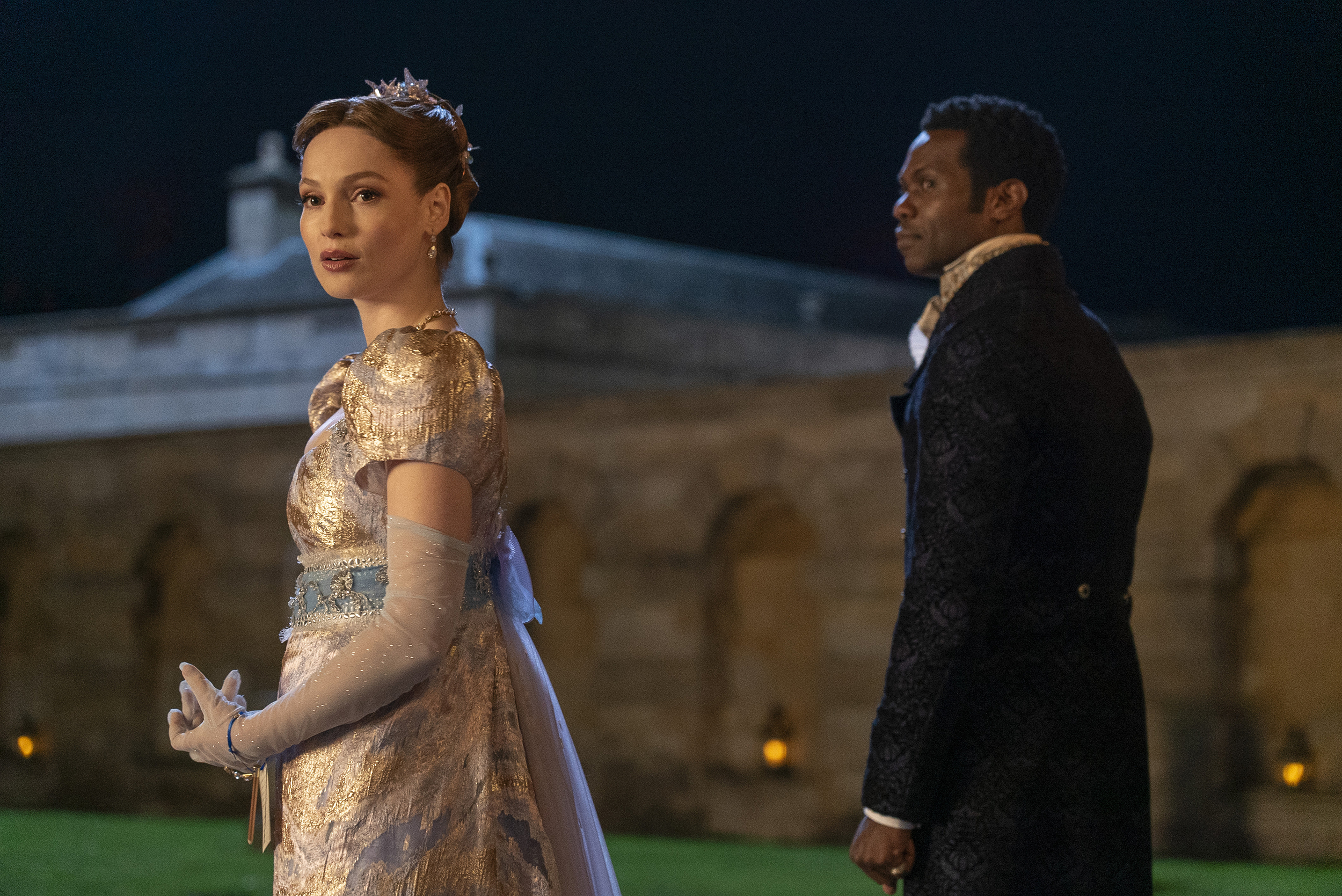
Hannah Dodd as Francesca Bridgerton, Victor Alli as John Stirling in Bridgerton Season 3
Liam Daniel/Netflix
Now that we know for sure that a queer season is headed our way, we can more fully appreciate how Season 3 set it up. Of course, all the plot elements had to come together to introduce Francesca to Michaela and get Benedict to want to explore his identity. What’s far more interesting, though, is the thematic resonance. Season 3 is about learning to be your true self despite society’s expectations. Many characters experience a “coming out” narrative in a more general sense: Penelope reveals her Lady Whistledown identity, Colin drops his cool-guy persona, Francesca explains to her family that she prefers a quiet country life over the life they had imagined for her, and Benedict and Eloise admit that they want to figure out who they are outside of the ton’s expectations.
For showrunner Jess Brownell, the shaping of Francesca’s queer narrative was intentional. As a queer woman herself, Brownell identified with Francesca in the novels, despite Francesca’s straight relationship on the page. Brownell recalled in an interview with Glamour, “[Francesca’s] book talks a lot about how different she feels… But for many of us in the queer community, that sense of feeling different is a part of our stories.” As for the attitudes of the Regency period that might get in the way of a queer love story, Brownell reassured fans that they have nothing to worry about, saying, “There are also some elements of her story that allow us to make sure we can tell a pretty happy ending for Francesca and Michaela. It was important for me in telling a main queer story for us to be able to give them a happily ever after, as we have with every other couple.”
Brownell is still playing her cards close to her chest with everyone’s biggest question: who will be the focus of the next season? She teased that Season 4 will belong to either Benedict, Eloise, or Francesca. No matter which Bridgerton sibling is up next, we’re headed towards at least two queer subplots, possibly with one as the main plot if we’re lucky.
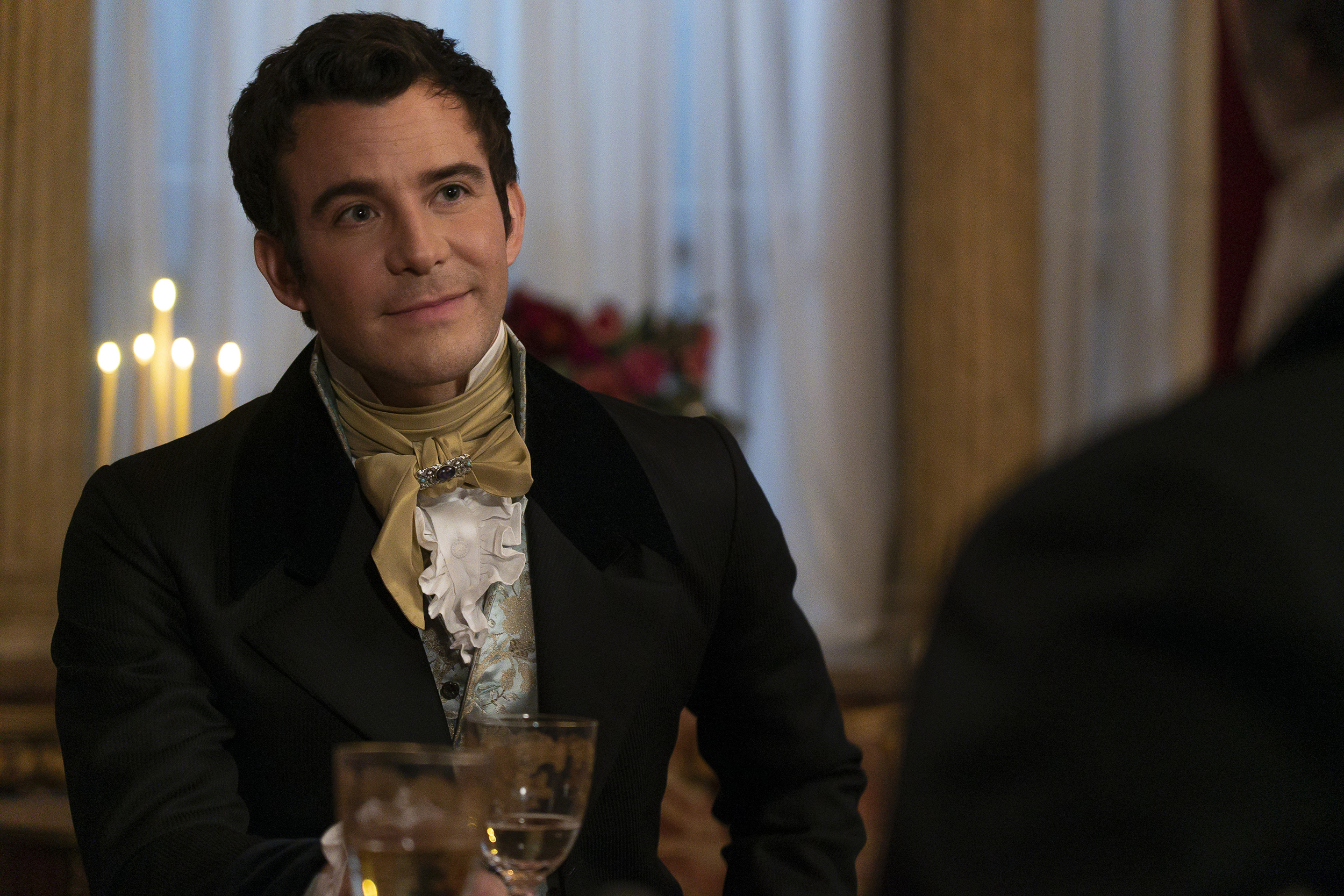
Luke Thompson as Benedict Bridgerton in Bridgerton Season 3
Liam Daniel/Netflix
In Bridgerton‘s modified Regency world, it’s easy to imagine that the society could be more progressive when it comes to queerness, just as they are of race (and, if you look closely in Season 3, disability). One key Regency worldview that the characters hold onto is the importance of marriage — heterosexual marriage — to convey titles and wealth in families. That will be the biggest challenge and potentially the most interesting feat for Brownell and crew to pull off in Season 4.
If Bridgerton plays its cards right, we could get a queer season set to something that Nicola Coughlan herself has been campaigning for on the red carpet — a classical arrangement of a song by queer pop diva Chappell Roan. Vitamin String Quartet, get arranging!
Bridgerton Seasons 1-3 and the Queen Charlotte prequel are now streaming on Netflix. Season 4 is in pre-production and is expected out in 2026.
